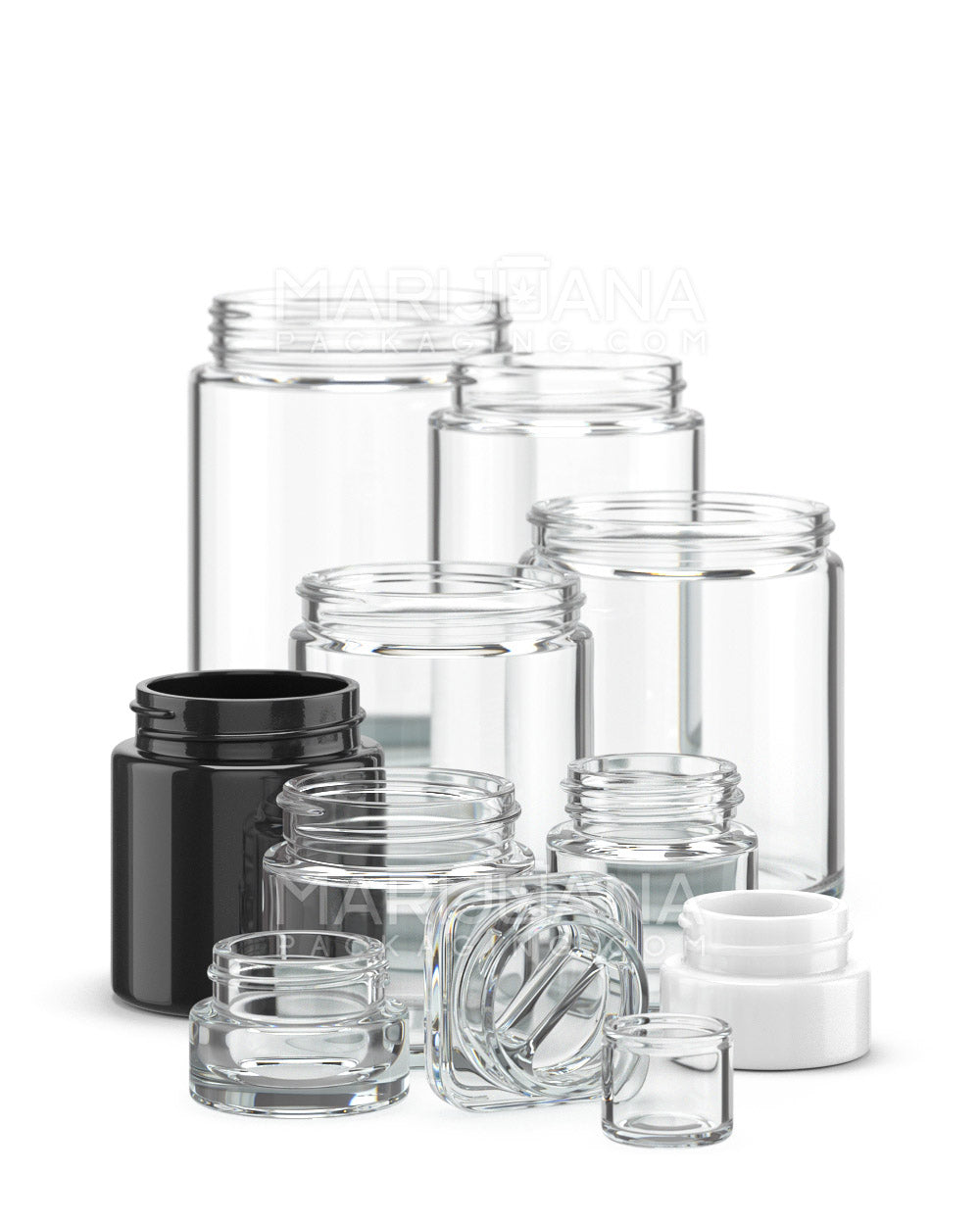When it comes to growing medical marijuana in California, there’s a lot to unpack. Whether you're a patient looking to grow your own plants or simply curious about the regulations, understanding the rules can be a bit like navigating a new city without a map. But don't worry—I’m here to guide you through it all.
In this article, we’ll cover the basics of how much medical marijuana you can grow in California. We'll talk about the laws, the patient limits, and even touch on some practical tips for growing your plants successfully. So grab a cup of coffee, sit back, and let's get started!
California’s Medical Marijuana Laws
California has been a pioneer in the legalization of medical marijuana. Back in 1996, the state passed Proposition 215, also known as the Compassionate Use Act. This allowed patients with specific medical conditions to legally use marijuana for medicinal purposes. Fast forward to today, and the landscape has evolved significantly.
Under current California law, patients with a valid medical marijuana identification card are allowed to grow marijuana for personal use. This is a relief for many who rely on cannabis for its therapeutic benefits. But how much can you actually grow? The state law allows patients to cultivate up to six mature plants or 12 immature plants. However, there's a bit more to the story.
Local jurisdictions can set their own limits, which means the rules can vary depending on where you live. Some counties may allow more plants, while others might impose tighter restrictions. It’s crucial to check your local regulations to ensure you’re in compliance and avoid any legal hiccups.
Who Can Grow Medical Marijuana?
So, who exactly is eligible to grow medical marijuana in California? The primary requirement is a valid medical marijuana card. This card is issued to patients diagnosed with qualifying medical conditions such as cancer, glaucoma, arthritis, or chronic pain. The process involves getting a recommendation from a licensed physician who will evaluate your medical needs.
Once you have your card, you’re legally allowed to grow the specified number of plants for personal use. Caregivers can also grow marijuana on behalf of patients. A caregiver is someone designated by the patient to provide assistance with medicinal cannabis. They must meet certain criteria, like being responsible for the patient’s housing, health, or safety.
It’s important to remember that while caregivers can grow marijuana for patients, they cannot sell it. The law is pretty clear about keeping the focus on caregiving and medical necessity. Selling marijuana without a license is illegal, even if you have a medical card.
The Role of Local Ordinances
If you thought the state laws were all you needed to worry about, there's another layer to consider—local ordinances. Cities and counties in California have the authority to establish their own rules regarding the cultivation of medical marijuana. This means that the number of plants you can grow might change based on local regulations.
For example, some cities may allow up to 99 plants for personal medical use, while others might stick to the state’s baseline of six mature plants. It’s not uncommon for communities to impose restrictions on outdoor growing or to require growers to register their plants with local authorities.
To avoid any surprises, it’s a good idea to contact your local city or county government office. They can provide you with the most up-to-date information on cultivation limits and any specific rules you need to follow. Staying informed will help you grow your medical marijuana without the stress of potential legal issues.
Practical Tips for Growing Medical Marijuana
Once you have a clear understanding of the legal side, it’s time to focus on growing your plants. Whether you’re a seasoned gardener or a complete newbie, growing marijuana can be a rewarding experience. Here are some practical tips to help you get started:
- Choose the Right Strain: Not all marijuana strains are created equal. Some are better suited for medicinal purposes than others. Consider your specific medical needs and choose a strain that matches them.
- Set Up a Suitable Grow Space: Whether you’re growing indoors or outdoors, make sure your plants have enough room to thrive. Good ventilation, adequate light, and proper temperature control are key factors to consider.
- Stay on Top of Maintenance: Regularly check on your plants for signs of pests or disease. Pruning and trimming can help promote healthy growth. A little attention goes a long way in ensuring a successful harvest.
- Be Patient: Growing marijuana takes time. Depending on the strain, it can take anywhere from 8 to 12 weeks for plants to mature. Don’t rush the process—good things come to those who wait!
Understanding Plant Maturity
When it comes to growing marijuana, understanding the difference between mature and immature plants is important. This can affect how many plants you’re legally allowed to grow. So, what's the difference?
Mature plants are those that have reached the flowering stage. These are the plants that produce the buds you’ll eventually harvest. On the other hand, immature plants are still in the vegetative stage. They're focused on growing leaves and stems rather than flowers.
Knowing how to identify the stage of your plants can help you stay within legal limits. If your plants start to show signs of flowering, it might be time to re-evaluate your garden setup to ensure you’re not exceeding the allowed number of mature plants.
Maintaining Compliance with State and Local Laws
Compliance is key when it comes to growing medical marijuana. It’s not just about knowing the laws—it’s about actively following them. Here are some tips to help you stay on the right side of the law:
- Know Your Limits: Always be aware of the maximum number of plants you can grow. Keep track of their maturity stages to avoid any legal trouble.
- Respect Local Ordinances: As mentioned earlier, local laws can vary. Make sure you’re familiar with any additional rules or restrictions in your area.
- Secure Your Grow Site: Ensure your plants are grown in a secure location. This might mean setting up fences or using a locked room to prevent unauthorized access.
- Keep Documentation: Maintain records of your medical marijuana card and any relevant paperwork. Having this information readily available can be helpful if questions arise.
The Benefits of Growing Your Own Medical Marijuana
Growing your own medical marijuana has several benefits. For one, it gives you control over the growing process. You can choose organic methods, select strains that suit your needs, and ensure the quality of your cannabis.
Additionally, cultivating your own plants can be cost-effective in the long run. While the initial setup may require an investment, you’ll save money by not having to purchase cannabis from dispensaries. Plus, there’s a certain satisfaction that comes from nurturing a plant from seed to harvest.
Finally, growing your own marijuana allows for a consistent supply. You won’t have to worry about shortages or availability issues. Plus, it’s a great way to ensure your cannabis is always fresh and potent.
Legal Consequences of Non-Compliance
While growing medical marijuana is legal in California, failing to comply with state and local laws can lead to serious consequences. It’s important to understand the potential risks involved in non-compliance.
First and foremost, exceeding the legal plant limit can result in fines and legal action. Law enforcement takes these violations seriously, so it’s essential to stay within the boundaries set by the law.
Additionally, improper cultivation practices can lead to other issues, such as complaints from neighbors or community concerns. This is why it’s important to grow your plants responsibly and respectfully.
By adhering to the regulations, you can enjoy the benefits of medical marijuana without the stress of legal troubles.
Final Thoughts
In summary, California allows medical marijuana patients to grow a limited number of plants for personal use. While the state sets a standard, local jurisdictions can impose their own rules. Knowing the laws and following them is essential for a worry-free growing experience.
Whether you’re a patient or a caregiver, understanding the regulations and maintaining compliance is key. And if you’re in need of reliable packaging solutions for your cannabis products, Gamut offers a range of options to meet your needs. From jars to tubes, Gamut covers the entire spectrum of packaging solutions, ensuring your products stand out in the market. With over a decade of experience, Gamut is your go-to source for quality and expertise.



















